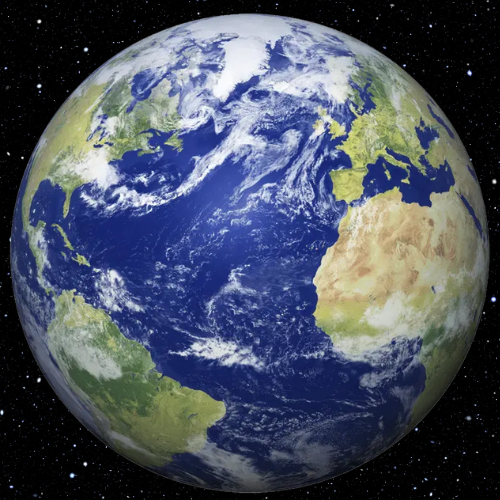The World Within & The Power Of Imagination(Carl Jung)
Share with Friends

Carl Jung’s talk explores the power of imagination and its profound impact on reality. He argues that while the external world is tangible, the internal world of images (fantasies) is equally real and influential. These inner “fantasies” are not mere illusions but driving forces behind actions and events, shaping everything from personal decisions to large-scale societal structures. Jung contrasts the validation given to the external world versus the internal, arguing that subjective experience holds equal weight in shaping reality.
Highlights
- 🧠 The Internal World as a Source of Reality: Jung asserts that our inner world of images and fantasies (“the world within”) is not separate from reality but a powerful force shaping it. External reality stems from initial fantasies.
- 🌉 Fantasies as Tangible Facts: He illustrates that fantasies have real-world consequences; they drive actions leading to tangible results (e.g., building bridges, treaties, or even causing someone’s death).
- 🌊 Imagination as a Form of Energy: Jung describes imagination as a “sea,” a form of energy with measurable effects, emphasizing its power and influence.
- ⚖️ Subjective vs. Objective Validity: He challenges the bias towards valuing the external, objective world over the internal, subjective one, arguing that both are equally valid sources of reality.
- 🎭 Inner Images Shape Outer Events: The flow of inner images directly impacts external events, influencing actions and societal structures.









